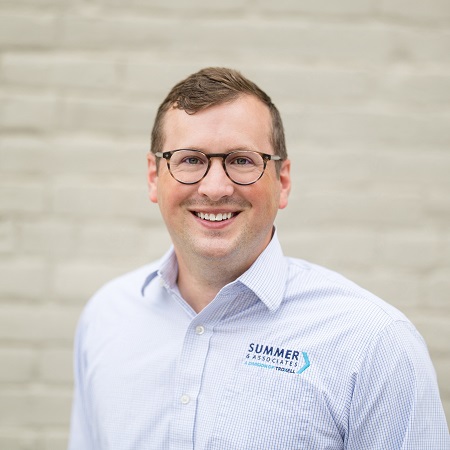‘Side Hustle Mentality’ Expands BOP Demographics

By: Jacquelyn Connelly
A decade ago, if you came across someone who recently started their own business, you could usually make a few accurate assumptions.
The small business owner of the early 2000s probably had a storefront, and maybe they even sold some products online. But in terms of their insurance needs, they could probably get away with a fairly traditional business owners policy.
Thanks to the gig economy, that logic no longer applies.
“With micro insureds or zero-employee insureds, maybe they have a store on an online marketplace, or maybe they drive for a ridesharing company and they also have a catering business on the weekends,” points out Tracey Waller, product director, Small Commercial Underwriting, ISO. “With the whole side hustle mentality, the small commercial landscape is really starting to change.”
In recent years, the small commercial BOP market has been fairly stable in terms of pricing. “We are continuing to see stability in the market,” says Dan Gaynor, senior vice president, chief underwriting officer at The Main Street America Group. Heading into 2019, “you’re probably seeing moderate single-digit increases on renewals, but new business is as tight as ever.”
But over the last few years, Waller has noticed increasing “variability and evolution into what is even considered a BOP,” she says. “Carriers have started to take a less traditional approach to what could be considered a BOP-able risk. They’re really expanding their eligibility requirements and getting into the smaller middle market, including insureds that have more complex needs than what you would typically think of for a BOP.”
Thanks to improvements in big data and predictive analytics, many carriers are now able to differentiate themselves by focusing on specific niches within the small commercial marketplace, then tailoring BOP coverages accordingly. “When you’re supported by data, you can gain a little more confidence as to how you move forward with your strategy and your appetite,” Waller explains.
In particular, Waller believes “mobile risks” like yoga instructors and personal trainers will emerge as a prime target demographic for a new kind of BOP in the years ahead. “These types of business owners have a different range of exposures—they’re freelancing at several different gyms or health and wellness centers, and they have specific coverage needs that may vary depending on where they work,” she points out.
For example, a yoga instructor may need to add a facility as an additional insured on their own insurance policy, but “those requirements may differ depending on each place or company they work with,” Waller explains. “For someone who works in several different places a week, including people’s homes, they need something that’s a bit more tailored or a bit more flexible.”
As the face of small commercial continues to transform rapidly and more and more carriers adopt direct-to-consumer models that bypass the distribution channel, agents need to be able to identify which prospects and clients have the type of complex coverage needs that require an agent’s watchful eye.
“Some small commercial risks are going to be more standard, more homogenous, and may not need as much attention. Agents need to have a sense of which of their clients really want them to be there and provide that support,” Waller says. “Sometimes it takes an agent’s expertise to help those insureds make the best decision from a coverage perspective.”
“You’re definitely starting to see more players going into the direct commercial space,” Gaynor agrees. “But all of our data tells us that even when business owners go online to get a quote, when it comes to the purchase decision, they still value the advice they get from the independent agent. To the extent you can continue to add value beyond just the policy itself, the independent agent will continue to be the go-to market for small businesses.”
Jacquelyn Connelly is IA senior editor.










